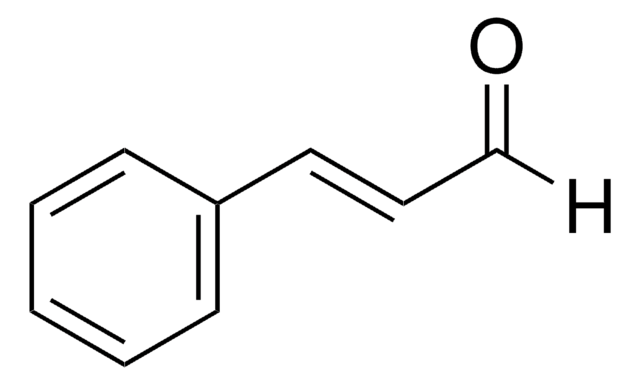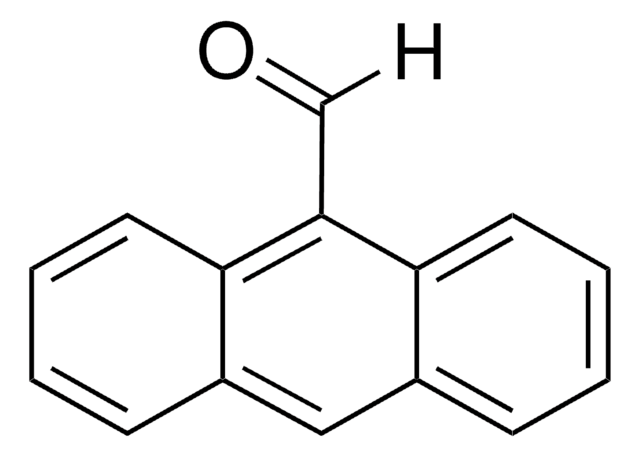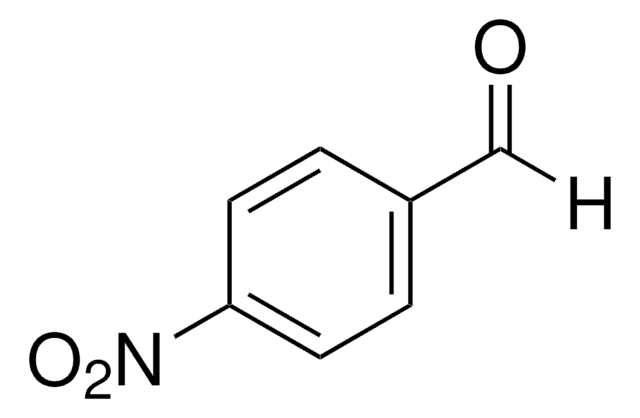B32807
Benzyltriphenylphosphonium chloride
99%
Synonym(s):
BTPPC, NSC 116712, Triphenyl(phenylmethyl)phosphonium chloride
About This Item
Recommended Products
Assay
99%
form
powder
reaction suitability
reaction type: C-C Bond Formation
mp
≥300 °C (lit.)
SMILES string
[Cl-].C(c1ccccc1)[P+](c2ccccc2)(c3ccccc3)c4ccccc4
InChI
1S/C25H22P.ClH/c1-5-13-22(14-6-1)21-26(23-15-7-2-8-16-23,24-17-9-3-10-18-24)25-19-11-4-12-20-25;/h1-20H,21H2;1H/q+1;/p-1
InChI key
USFRYJRPHFMVBZ-UHFFFAOYSA-M
Looking for similar products? Visit Product Comparison Guide
Application
- Platinum chloro-tetrazole complexes via azidation.
- Trans-stilbenes and cinnamates via Wittig olefination.
- Achiral N-hydroxyformamide inhibitors of ADAM-TS4 and ADAM-TS5 for osteoarthritis treatment.
- Pentiptycenes for use as light-driven molecular brakes.
- Archipelago structures for formation of petroleum asphaltenes.
It is also used as a crosslinking agent for tube-like natural halloysite / fluorelastomer nanocomposites.
Reactant for synthesis of:
- Platinum chloro tetrazole complexes via azidation
- Trans-stilbenes and cinnamates via Wittig olefination
- Achiral N-hydroxyformamide inhibitors of ADAM-TS4 and ADAM-TS5 for osteoarthritis treatment
- Pentiptycenes for use as light-driven molecular brakes
Reactant for formation of archipelago structures for formation of petroleum asphaltenes
Signal Word
Danger
Hazard Statements
Precautionary Statements
Hazard Classifications
Acute Tox. 2 Inhalation - Acute Tox. 2 Oral - Aquatic Acute 1 - Aquatic Chronic 1 - Eye Dam. 1 - STOT RE 1 - STOT SE 3
Target Organs
Lungs,nasal cavity, Respiratory system
Storage Class Code
6.1A - Combustible acute toxic Cat. 1 and 2 / very toxic hazardous materials
WGK
WGK 3
Flash Point(F)
572.0 °F - closed cup
Flash Point(C)
300 °C - closed cup
Personal Protective Equipment
Choose from one of the most recent versions:
Already Own This Product?
Find documentation for the products that you have recently purchased in the Document Library.
Customers Also Viewed
Our team of scientists has experience in all areas of research including Life Science, Material Science, Chemical Synthesis, Chromatography, Analytical and many others.
Contact Technical Service










